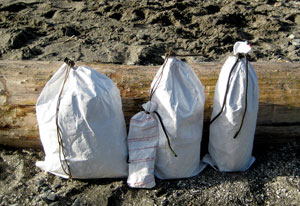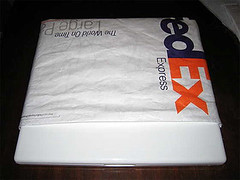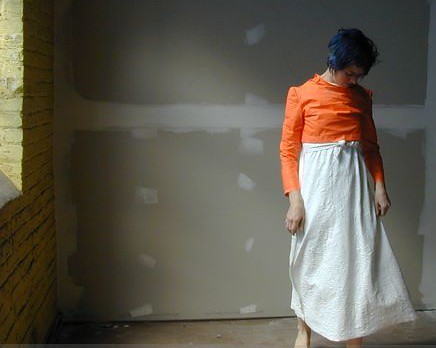DIY Tyvek

Tyvek is so good, it just might be evil. Known mainly for its use in FedEx envelopes and house wraps, these “flashspun high-density polyethylene fibers” make for a light, flexible material that’s resistant to tearing, pretty much water resistant, and breathable. It’s basically a perfect base material for a ton of things from mailing your mom her Mother’s Day present (May 8th, relax), to coveralls (I mean, if you’re Devo), or hell – covering entire houses. It’s the kind of thing that exists in DIY utopia because it’s matchless material for DIYers and crafters – it even says so in the Wikipedia entry. So, what can you make from this sturdy stuff? Let’s get busy:

Image courtesy of itstactical.com
• One to two envelopes should cover your entry-level cut, color and tape type stuff: book covers/journals, placemats, wrapping paper, cut out butterflies. If you’re handy with a thread and needle try a lunch bag/stuff sack – all you need to do is cut down and fold the edges of the envelope over and sew, then pull a chord (or ribbon or whatever you got) through and tie it off. You can also go for a Tyvek wallet, with a few cuts and a few folds.

Image courtesy of lifehacker.com
• With 3 – 4 envelopes you can make a laptop sleeve – you’ll need padding of some sort, but the rest is just tracing your size and sewing up the sides.

Image courtesy of vestaldesign.com, skirt by ConceptualClothing
• 5+ Envelopes: If you’re say, a really bored FedEx employee working the night shift and have a lot of envelopes and time you can get super crafty: room dividers, window covering, post-industrial folk wear, shower curtain… it’s a world of Tyvek possibilities.
A few quick disclaimers: while it’s easy to score an envelope here or there, obviously you’re gonna get some negative attention snagging stacks of FedEx envelopes – and USPS ones are technically government property. Also, just to keep in mind: Tyvek is recyclable – but not in very many places.








